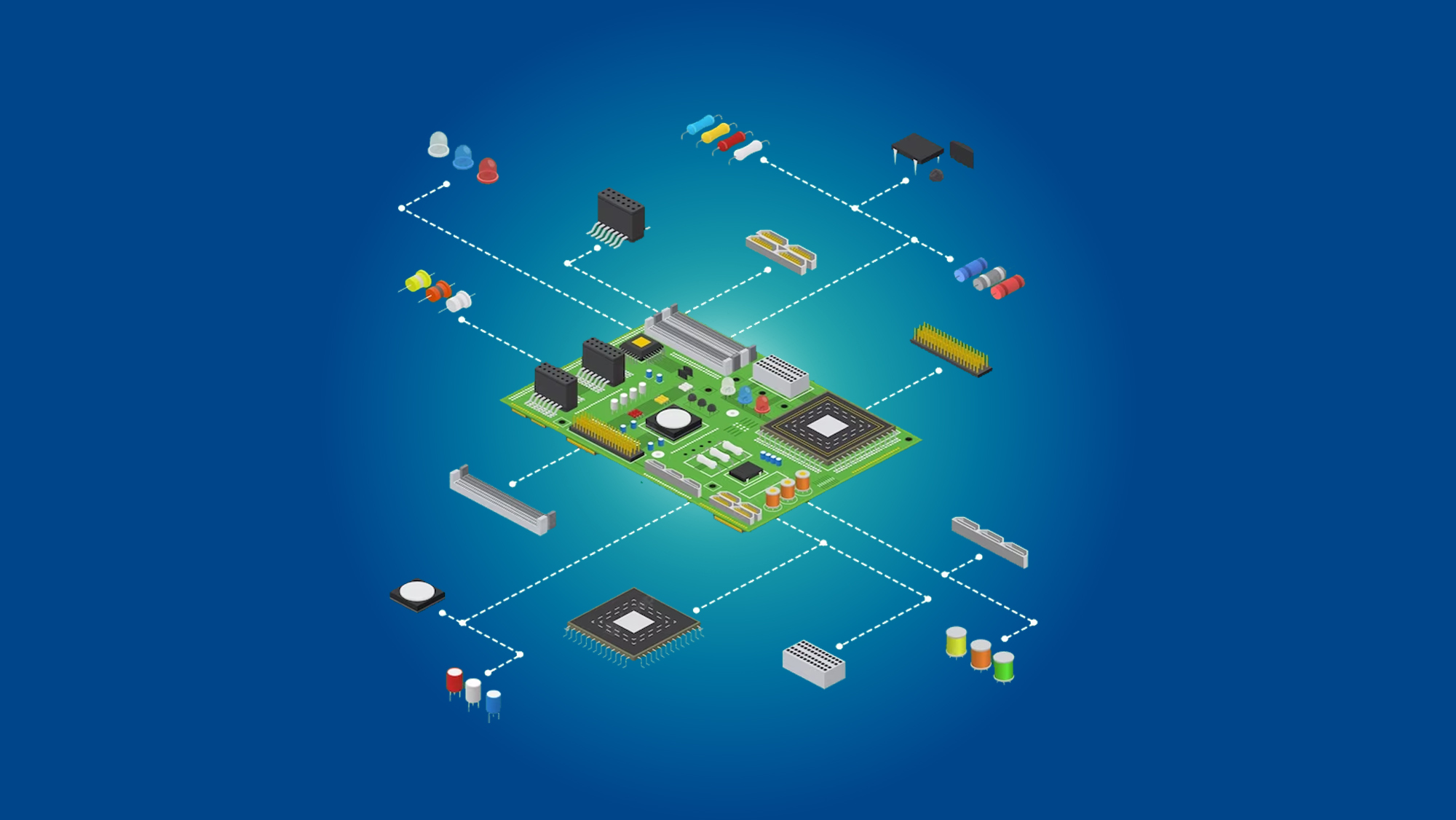Mastering IBM AIX: Essential Tips & Tricks for System Administrators
Introduction:
As an enterprise-level operating system known for its stability, performance, and scalability, IBM AIX (Advanced Interactive eXecutive) has earned a reputation as a powerhouse in the world of IT infrastructure. For system administrators tasked with managing AIX environments, mastering its intricacies is key to ensuring optimal performance and smooth operations. In this blog, we will delve into some essential tips and tricks that can help system administrators unlock the full potential of IBM AIX.
1. Embrace the Command Line:
AIX offers a rich command-line interface that allows administrators to perform a wide range of tasks efficiently. Familiarize yourself with essential commands such as ls, ps, chmod, and chown. Learning to navigate the command line will empower you to manage configurations, monitor performance, and troubleshoot issues with precision.
2. Leverage the Power of SMIT:
The System Management Interface Tool (SMIT) is a powerful tool that simplifies system administration tasks through an intuitive text-based interface. SMIT provides step-by-step guidance for tasks like user management, storage configuration, and network setup. By becoming proficient in SMIT, you can streamline complex tasks and reduce the likelihood of errors.
3. Understand Filesystems and Storage:
AIX supports various filesystem types, each tailored to specific use cases. Mastering AIX's filesystem hierarchy, managing filesystems, and working with logical volume management (LVM) are crucial skills. Learn how to create, resize, and manage logical volumes and filesystems to optimize storage utilization and performance.
4. Monitoring and Performance Optimization:
Become well-versed in monitoring tools such as vmstat, iostat, and topas to gain insights into system performance. Regularly monitor CPU usage, memory utilization, disk I/O, and network traffic to proactively identify and address performance bottlenecks. Additionally, explore workload partitions (WPARs) and other virtualization features to efficiently allocate resources.
5. Effective User and Group Management:
AIX provides a comprehensive user and group management framework. Master the useradd, usermod, userdel, groupadd, and related commands to create and manage user accounts and groups. Implement Role-Based Access Control (RBAC) to enforce fine-grained access controls and enhance security.
6. Backup and Recovery Strategies:
Develop robust backup and recovery strategies to safeguard critical data and ensure business continuity. Familiarize yourself with tools like mksysb for system backups and restore for data recovery. Regularly test your backup and restore procedures to validate their effectiveness.
7. Stay Updated with Fix Packs and Patches:
IBM periodically releases fix packs and patches to address security vulnerabilities, enhance performance, and introduce new features. Stay informed about the latest updates and make a habit of applying relevant fixes to keep your AIX environment secure and optimized.
8. Automate Routine Tasks:
AIX supports scripting languages like shell scripting (Bash/Ksh) and Perl. Leverage these scripting capabilities to automate routine tasks, such as log rotation, backup scheduling, and user provisioning. Automation not only saves time but also reduces the risk of human errors.
9. Documentation and Knowledge Sharing:
Maintain comprehensive documentation for your AIX environment, including configurations, procedures, and troubleshooting steps. This documentation becomes invaluable when diagnosing issues or onboarding new team members. Additionally, actively participate in online communities, forums, and knowledge-sharing platforms to learn from peers and contribute your expertise.
Conclusion:
Mastering IBM AIX requires a combination of hands-on experience, continuous learning, and a deep understanding of its features and capabilities. By embracing the command line, leveraging tools like SMIT, optimizing performance, and adopting best practices for user management, storage, and security, system administrators can confidently manage AIX environments and ensure the reliability and efficiency of their IT infrastructure. With these essential tips and tricks, you'll be well-equipped to navigate the complexities of IBM AIX and unlock its full potential.
You May Also Like
These Related Stories

Mastering PCB Design: Essential Tips and Tricks for Success

Unlocking the Power of Workday Studio: Essential Tips and Tricks




No Comments Yet
Let us know what you think